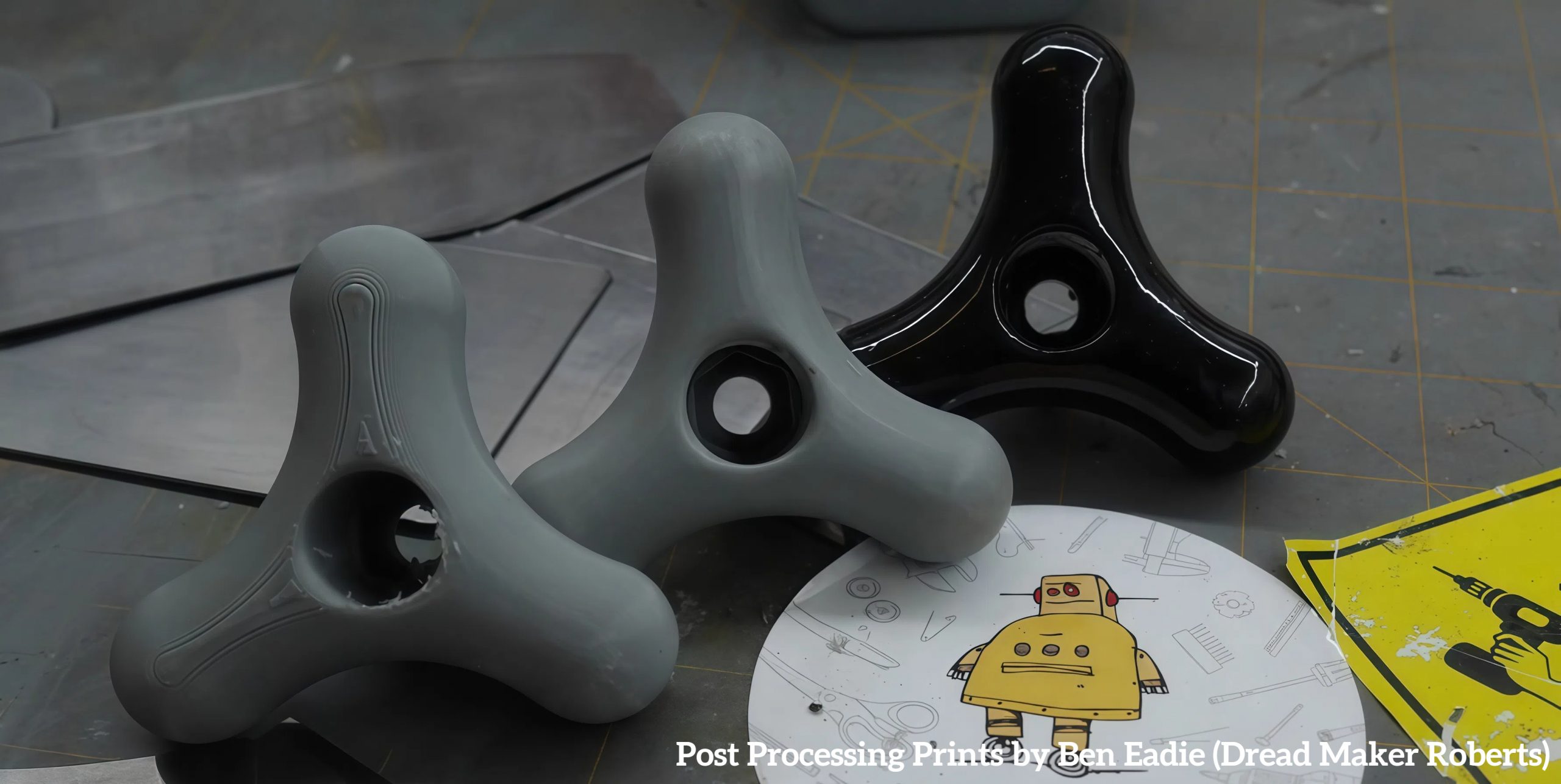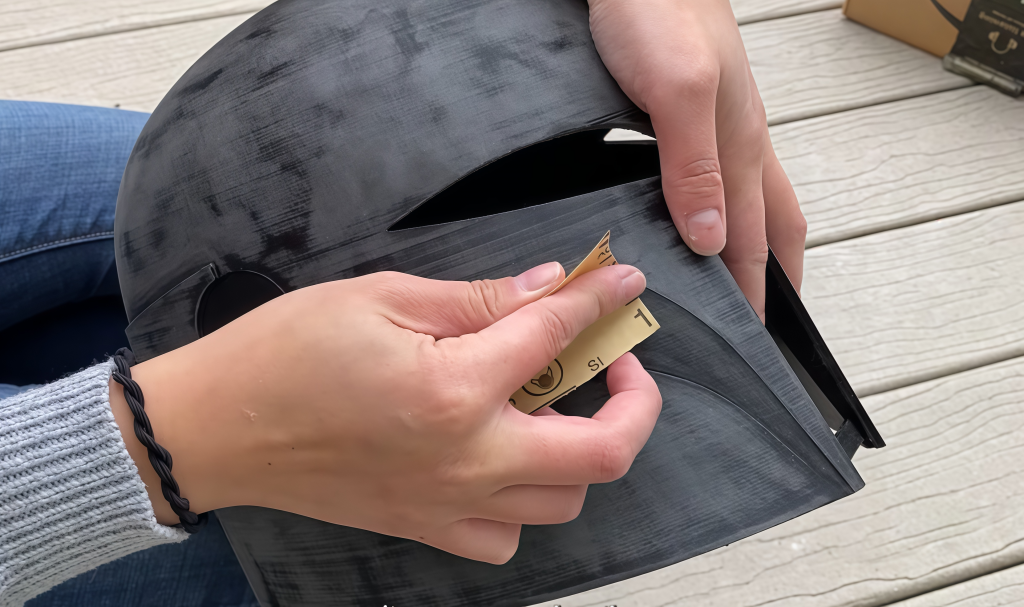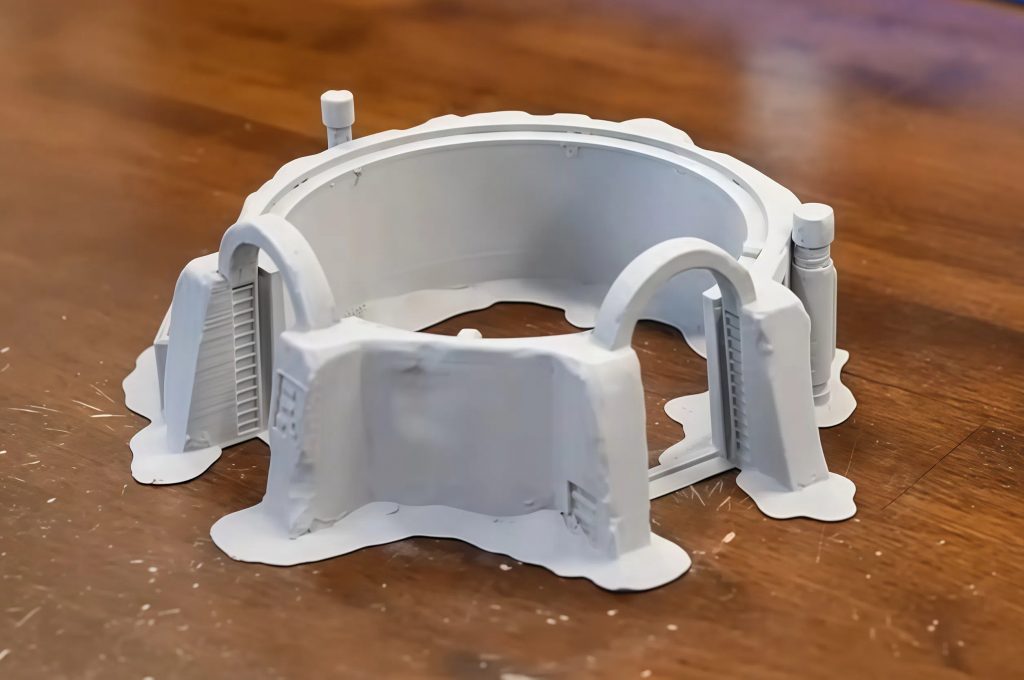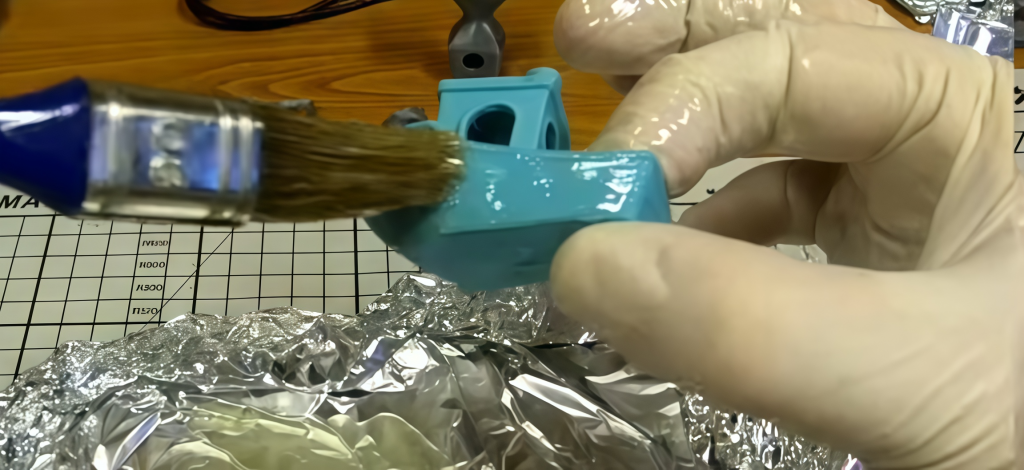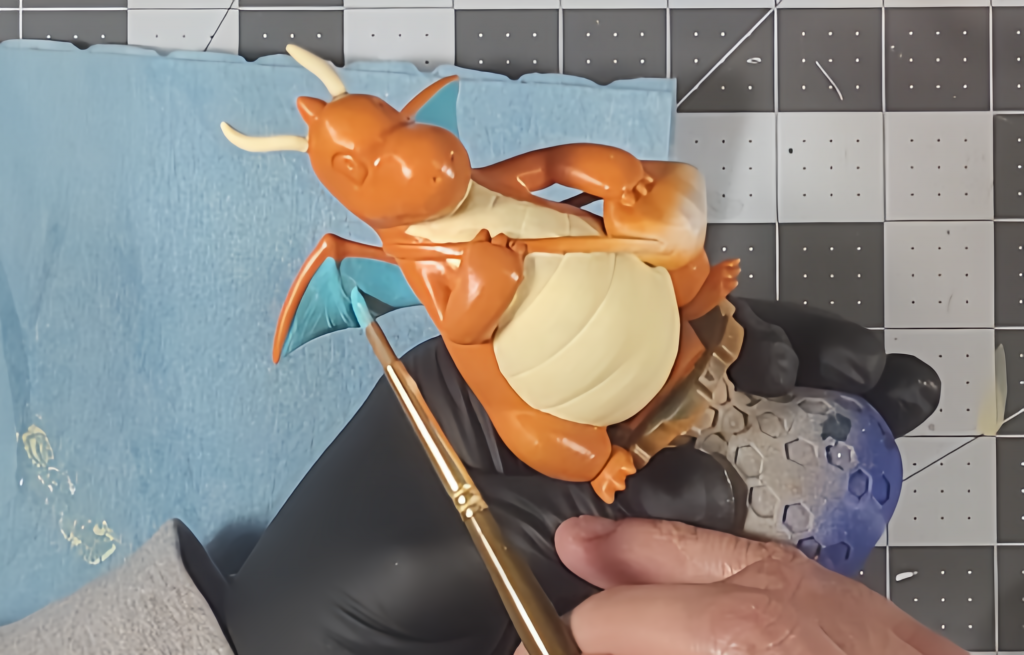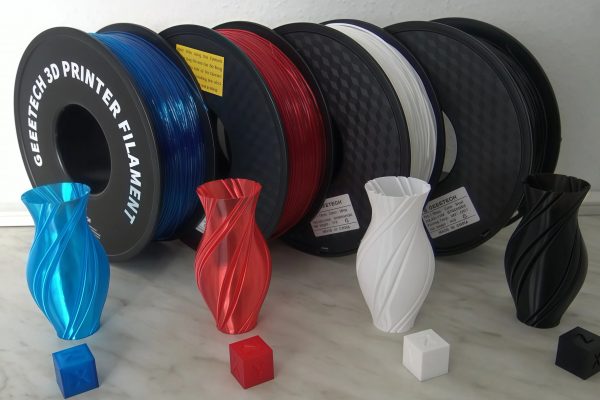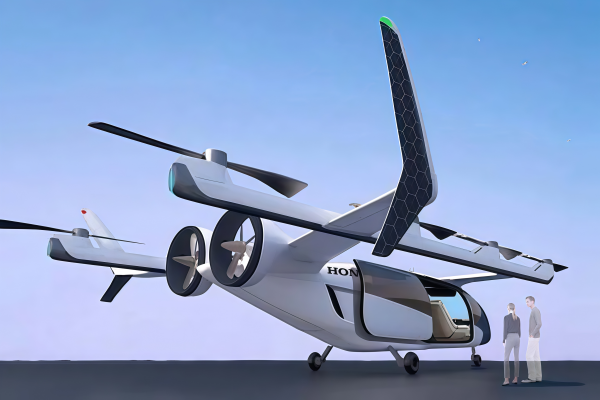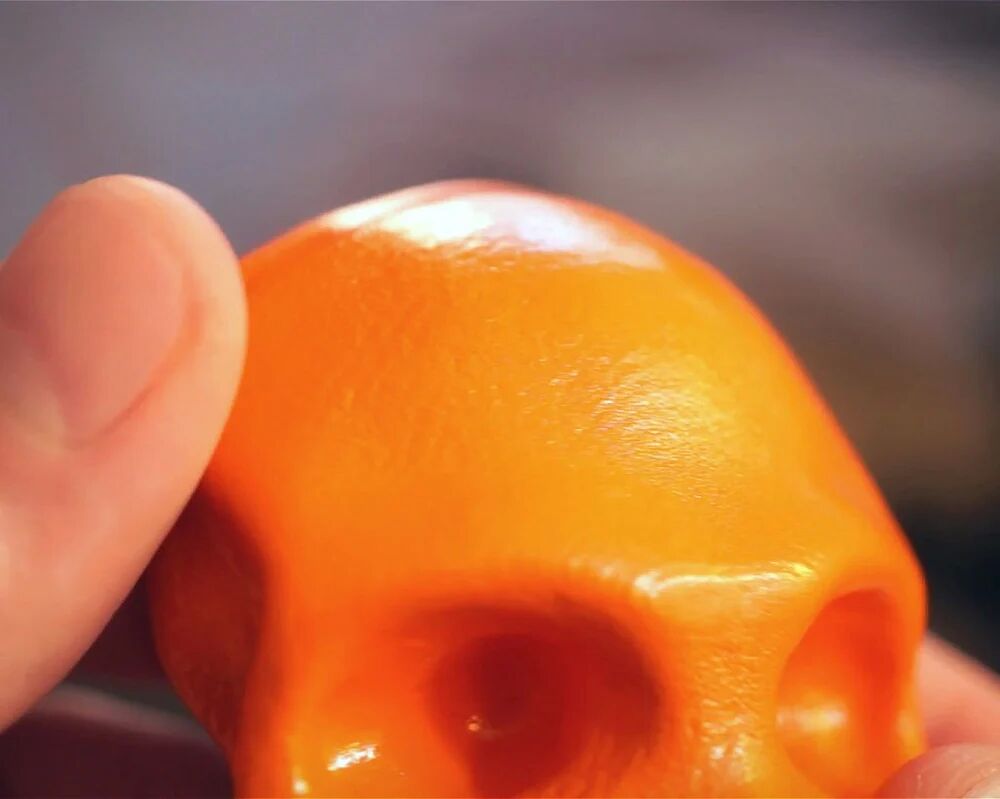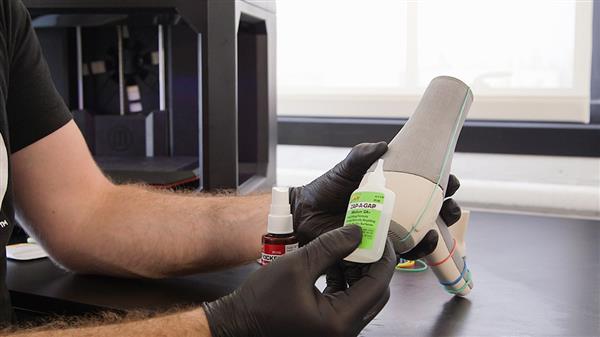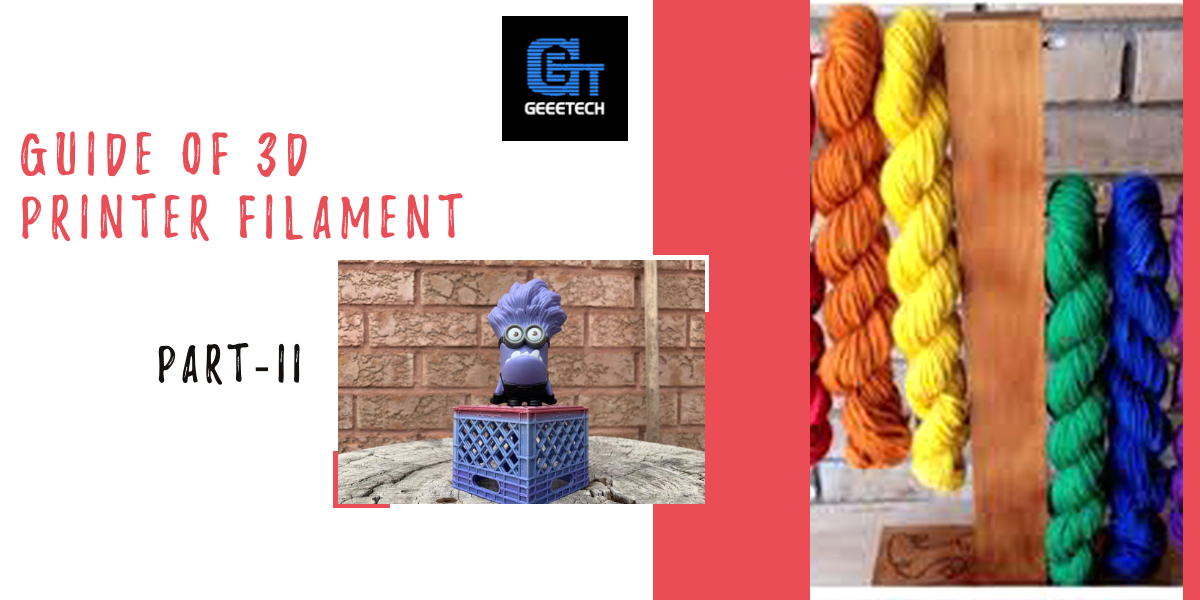When it comes to post processing 3D prints, each material will have different techniques that work best, and different outcomes to be expected. As such, it is important to know what post processing of either PETG or PLA filaments will result in. This guide will help you figure out what methods are best for the different types of 3D printer filament to get the best results. Enjoy!
What Is 3D Printing Post Processing?
Most people who have printed their own objects will most likely have noticed that there can sometimes be small artefacts or lines in the final design that might not be desired. Post processing is any work done after the print is finished, where people enhance the overall look or feel.
Comparison of PLA and PETG Material Properties from a Post-Processing Perspective
In order to get a quick overview, the table below will let you know the main properties for PLA and PETG, so that you can easily determine the best approach for each design.
| Property | PLA | PETG |
| Surface Hardness | Harder, easier to sand | More flexible, harder to sand |
| Thermal Stability | Low (softens at ~60°C) | Moderate (softens at ~80°C) |
| Surface Adhesion | Higher, easier to paint/bond | Lower, requires surface treatment for painting/bonding |
| Water Absorption | Higher, requires waterproof coating | Lower, naturally water-resistant |
Surface Processing
Once the print has been removed from the 3D printer, it is time to consider whether to work on the surface. Some designs will look much better after some 3D print post processing, and this is especially useful for gifts or detailed objects where the extra work this entails will produce higher quality designs. There are a few different methods to consider, depending on the filament type.
Support Removal
If you are printing with supports, removing these can sometimes leave excess material. Typically, PLA 3D filament allows you to snap the supports off more easily. PETG filament often requires tools such as cutters or pliers, which can leave small tears or cuts. Due to PETG’s strong support adhesion and high toughness, removing support structures is more challenging compared to PLA. Before removing the support, it is recommended to slightly heat the PETG component, which can reduce the difficulty of removal.
Sanding
Many people use sanding as their preferred method for post processing PLA materials, as this can smooth out the different lines between layers and remove any imperfections. While this method can also work for suitable PETG sanding filaments, it will typically require more work and cleaning the sandpaper more often due to its higher stickiness and heat sensitivity.
Finishing
In order to get the best-looking models, 3D print finishing is often the next step in the post processing routine, which can include priming, painting or even using chemicals to smooth the print further. In this case, PLA 3D printer models can be painted on directly without issue. PETG, however, can be trickier, often requiring an adhesion promoter so that the paint will stick better to the surface and not peel off.
Chemical smoothing for PLA or smoothing PETG with acetone is typically not recommended for beginners, as it is less effective on these materials and can also be hazardous. However, it is still an option to be aware of.
Sand Blasting
Sand blasting is an alternative to sanding where the 3D print is sprayed with fine sand, glass beads or other materials in order to smooth the surface and create a uniform texture. This method requires a careful approach as both PLA and PETG are quite soft and sensitive, and thus can easily be damaged.
Gluing and Assembly
Some prints are either too complex or large to be printed in a single piece. Therefore, we often need to glue or assemble our 3D printed models once they are done. For both PLA and PETG, Gluing and Assembly are fairly easy, however, a few things should be considered.
CA Glue
CA glue acts quite fast and is best suited for bonding small and precise objects. It dries quickly and results in a quite strong bond, however, it is not suitable for bearing loads or flexible designs due to the brittle adhesion and chemical composition.
It bonds better on PLA models than on PETG, but can also work well on PETG, especially if you use sanding techniques to create a slightly rougher surface texture so the glue can adhere properly.
Epoxy
Epoxy is another adhesive material that works well for both PLA and PETG. It provides a strong and durable bond, and is also suitable for load-bearing parts or for bonding larger objects. It can however take up to 24 hours for some types of epoxy to cure.
Epoxy is generally better for PETG as it provides a flexible adhesion that is quite durable. It also works for PLA models with a strong level of adhesion, but in this case, the joint can be slightly brittle because of the properties of PLA material: brittleness and strong rigidity.
Hot-Melt Bonding / 3D Pen Welding
Using a hot glue gun or 3D pen for welding parts together is another method of bonding for PLA and PETG. It is an easy method of keeping your hands and workstation relatively clean and non-messy, however it is important to consider the high temperatures.
For PLA it is generally recommended to use a 3D pen with the same filament that was used for the parts, and possibly a soldering iron for smoothing PLA prints and the resulting seams. PETG can be bonded with either method, and the result will generally be a strong and heat resistant bond.
Painting & Coating
If you wish to further enhance your 3D printed designs, then painting PETG or coating PLA is a great way to add another dimension and more interest. Let us take a look at what this means for both PLA and PETG 3D printer filament.
Painting
Generally it is recommended to first sand or otherwise smooth the surface before painting on either PLA or PETG in order to get the best results. You can get away with not doing as much work on PLA, where both acrylic and enamel paints are great options. For PETG you should avoid paint with strong solvent solutions, and you might even need adhesion promoting materials to help the paint stick.
Priming and Clear Coating
Sometimes fine layer lines can be filled by priming which can be an easy way to make the prints look better without requiring a lot of sanding on 3D prints. Typically, filler primer is used for PLA while PETG can require plastic-specific primers.
Clear coating is a method used for protecting the paint layer, while at the same time also adding a nice shine or matte finish to the print. This is done mostly for models that are of high quality, used for display or handled often.
Functional Enhancement
Taking your 3D printing a step further, you can also choose to enhance your PLA or PETG designs in a few different ways, so that they can better withstand the environment in which you will use them.
Waterproofing
PLA is a filament that naturally absorbs moisture, making it less than ideal for used in wet environments. However, by sealing the prints with epoxy resin or spray-on solutions, you can make the models last longer than normal.
PETG is generally considered to be quite water-resistant due to the chemical composition, but to enhance the properties even further, you can use silicone sealant for any joints or exposed parts that might take damage over time.
Heat Forming
Sometimes you might want to reshape your prints with a heat gun, such as for bending your parts if they require a snap-fit assembly for instance. PLA typically has a tolerance of around 60°C, making it relatively easy to heat form. PETG often requires a bit more heat, some where around 80°C but allows for more precise shaping.
Annealing
This method requires high technical and equipment standards and is commonly used in industrial-grade production, it is another way of heating prints, designed to relieve internal stresses and increase strength. Often, a professional heat chamber or oven is used for this, and generally, not a method used by new 3D print enthusiasts. However, it is still worth knowing about the options out there.
Conclusion
Just because the 3D printed model has left the print bed, it does not always mean it is fully finished. Often we further enhance the look, feel or even properties by processing the prints to achieve the result we are hoping for. There are many different ways and methods for PLA and PETG
